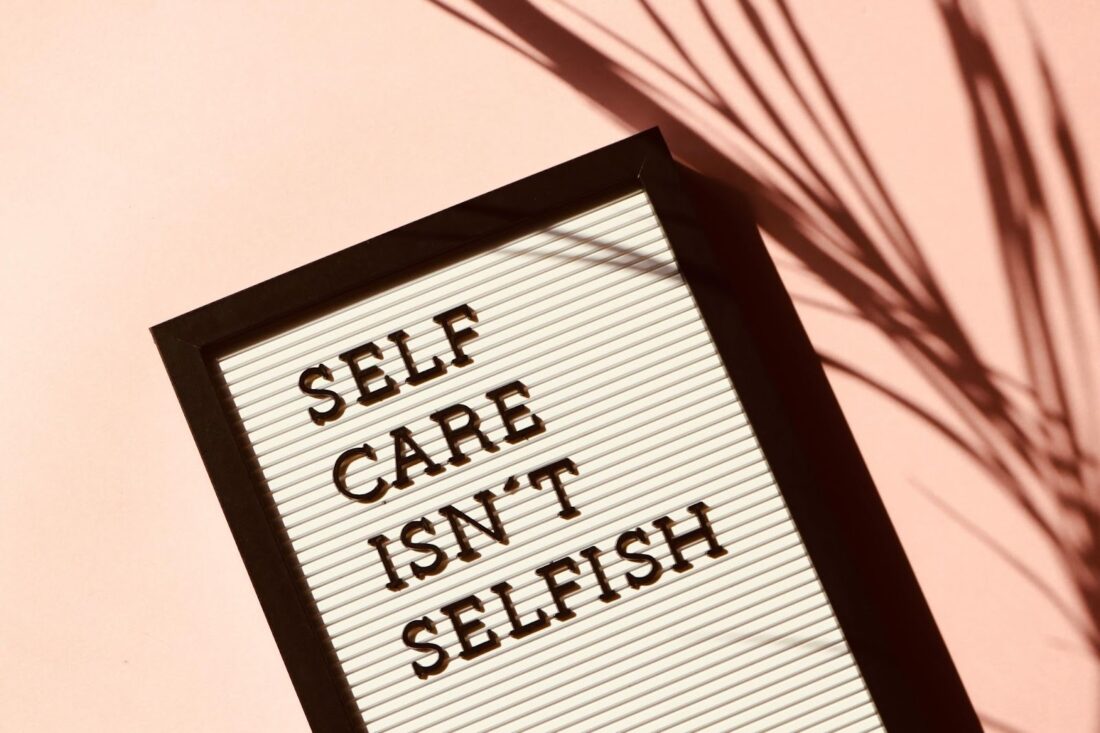Healthcare no longer ends at the gates of a doctor’s door, but is mobile through your computer and phone. The advent of virtual technology has changed the way we approach care, offering better access to personalized and timely healthcare solutions. These advances, from virtual consultations to remote monitoring via biometric wearables are altering the healthcare landscape by delivering hospital-level care into patient’s living rooms. The article dwells on how virtual technology changes the face of healthcare and makes the patient experience better.
1) The Rise of Telemedicine:
Unlike many online health services, which require an in-person visit to evaluate your needs and write a prescription or offer advice, telemedicine operates virtually. Telemedicine has made getting medical advice, diagnosis, or treatment more convenient for people who need it by providing them a way to connect with healthcare providers via video call instead of having to go down to the clinic/hospital.
It is very useful for people who live in remote areas or those with mobility issues and also much more convenient for everyone else to receive care at home. Telemedicine cuts down demand at healthcare facilities, freeing up resources for more severe cases and making the healthcare system more efficient.
2) Telehealth and Chronic Care Management:
Virtual tech is used, too—especially in chronic condition care. Remote monitoring devices allow patients to monitor vital signs such as blood pressure, glucose levels, and heart rate in real time. This information is sent to the healthcare providers so that they can keep tabs on how he or she feels and tweak their treatment plans accordingly.
This ongoing observation is critical for avoiding complications and ensuring certain chronic disease states are managed appropriately. That means fewer visits to the doctor for patients, who may also rest easy knowing that they are being watched over.
3) Improving Access to Care By Specialists:
Broadening the availability of high-quality care is one of virtual technology’s most important capabilities. Most patients with rare conditions or who need a specialist opinion have to wait for long periods, or worse still travel far before they can see an appropriate specialist. Patients with sensory dysfunction, including hearing loss and taste alterations, can now follow expert opinions through an e-platform to receive the required care without the associated delays in traditional healthcare settings.
4) Customized Patient Engagement:
Virtual technology is also improving patient engagement through a richer, personalized care experience. Health apps and platforms offer targeted guidance, automated reminders, and data entry technologies conveniently built into day-to-day workflow so individuals can play a more active role as part of your health care.
These tools support communication between patients and providers in real-time, to ensure that care is continuous as the patient’s needs for care evolve. Such engagement, when personalized correctly for the individual patient has been shown to improve that patient’s outcome as well allow a better relationship between their healthcare provider and themselves which in turn can lead to greater global satisfaction of care.

5) What Does Virtual Healthcare Look Like in the Future:
The incorporation of these technologies will assist preventative healthcare, allowing for pre-emotive actions to curb health concerns before they get out of hand. The integrated care of tomorrow is a delicate balance between tech and touch, giving patients holistic care that stretches outside the boundaries of the traditional wait times in doctors’ offices.
In conclusion, virtual technology has been a game changer in the way we think about healthcare, and not just a convenient one. Virtual care is breaking distance, time, and accessibility barriers to reach those who need the most support. The future of healthcare is undoubtedly bright as we are pushing forward these advancements.



